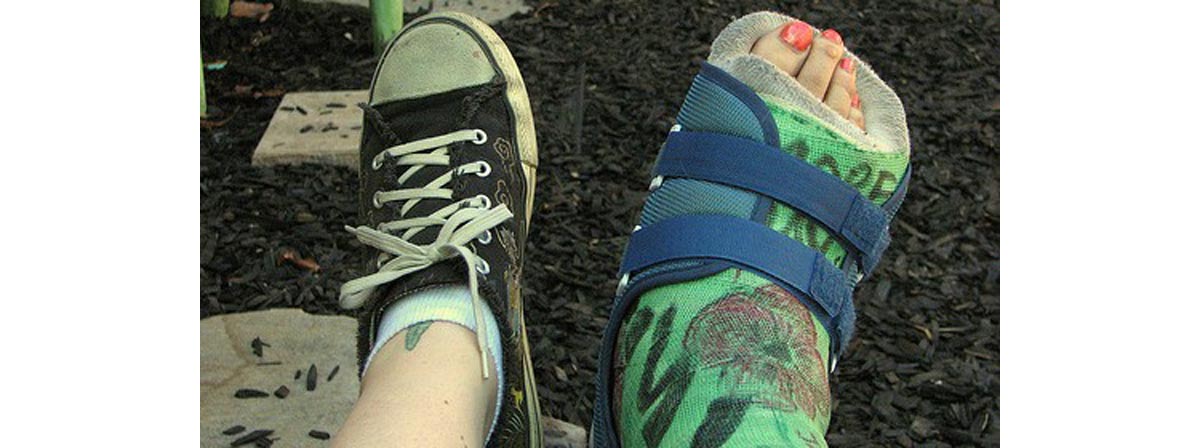Table of Contents
Injuries to the Lisfranc joint of the foot are uncommon but must quickly be diagnosed and treated. Although fusion of the joint is a drastic step, it can be the best option to repair serious damage or when arthritis develops in the damaged joint.
What is a Lisfranc fracture or injury?
A Lisfranc fracture is an injury affecting the joints between bones in the middle of the foot. It is a painful injury that can sometimes be mistaken for a sprain. This is because fractures to the bones of the foot might not be as obvious as a broken arm or leg, as there are a lot of other supporting tissues and structures around bones in the foot.

Not all Lisfranc injuries result in bone fracture, as some instead involve the tearing of the ligaments and tendons in the area, and dislocation of the joints, while others will involve fracture(s) as well as soft tissue injury.
Lisfranc injuries were first identified in Napoleonic horsemen
The Lisfranc injury is named after Jacques Lisfranc de St. Martin, who was a surgeon in Napoleon’s army in the nineteenth century.
Nowadays, Lisfranc injuries happen to American football players but can also occur in non-sports people. I heard of a man sustaining a Lisfranc injury when pushing down too hard on his spade with his foot. But more commonly it occurs falling down a step, involving twisting as well as falling, with the foot in a vertical position. Falling forward while the foot is trapped, for example in a drain cover or down a rabbit hole, is another common cause of a Lisfranc injury.
Other causes of these injuries are crushing as in a heavy object landing on top of the foot, or the foot being run over.
Overall Lisfranc joint fractures are relatively uncommon, being 1% or less of all fractures.
Symptoms of Lisfranc injuries
The foot will be very tender and painful, with swelling on top as well as bruising to the top and possibly to the underside (sole). Standing and walking will be very painful.
If the usual treatments for a sprain such as cooling with ice, rest and keeping the foot up, do not relieve the pain and swelling, a doctor should be seen as soon as possible. Rapid diagnosis after injury improves treatment outcomes.
Diagnosis of Lisfranc injuries
To diagnose a Lisfranc injury a doctor will inspect the foot and try moving the joints, as well as asking you to perform some movements. These would normally be painless, so pain may indicate the presence of an injury.
X-rays will also be taken to look for fractures. A CT scan and MRI scan can provide more detail but are not usually necessary for diagnosis. They may be needed if surgery is required, to determine the type and extent or repair needed.
Non-surgical treatment of Lisfranc injuries
If there are no fractures, dislocations or complete rupture of ligaments or tendons, then surgery may not be necessary. A plaster cast, then a special air-filled boot or an insert in your shoe (orthosis) may be used to give support while the damage heals. You will be told not to put any weight on the injured foot for a number of weeks, and will walk with a crutch/crutches, instead.
- www.orthobullets.com/foot-and-ankle/7030/lisfranc-injury-tarsometatarsal-fracture-dislocation
- Photo courtesy of sgrace by Flickr : www.flickr.com/photos/stasiland/2585074025/
- Photo courtesy of Jojo by Wikimedia Commons : commons.wikimedia.org/wiki/File:Calcaneus_Fracture.jpg
- www.orthoinfo.aaos.org/topic.cfm?topic=A00162


Your thoughts on this